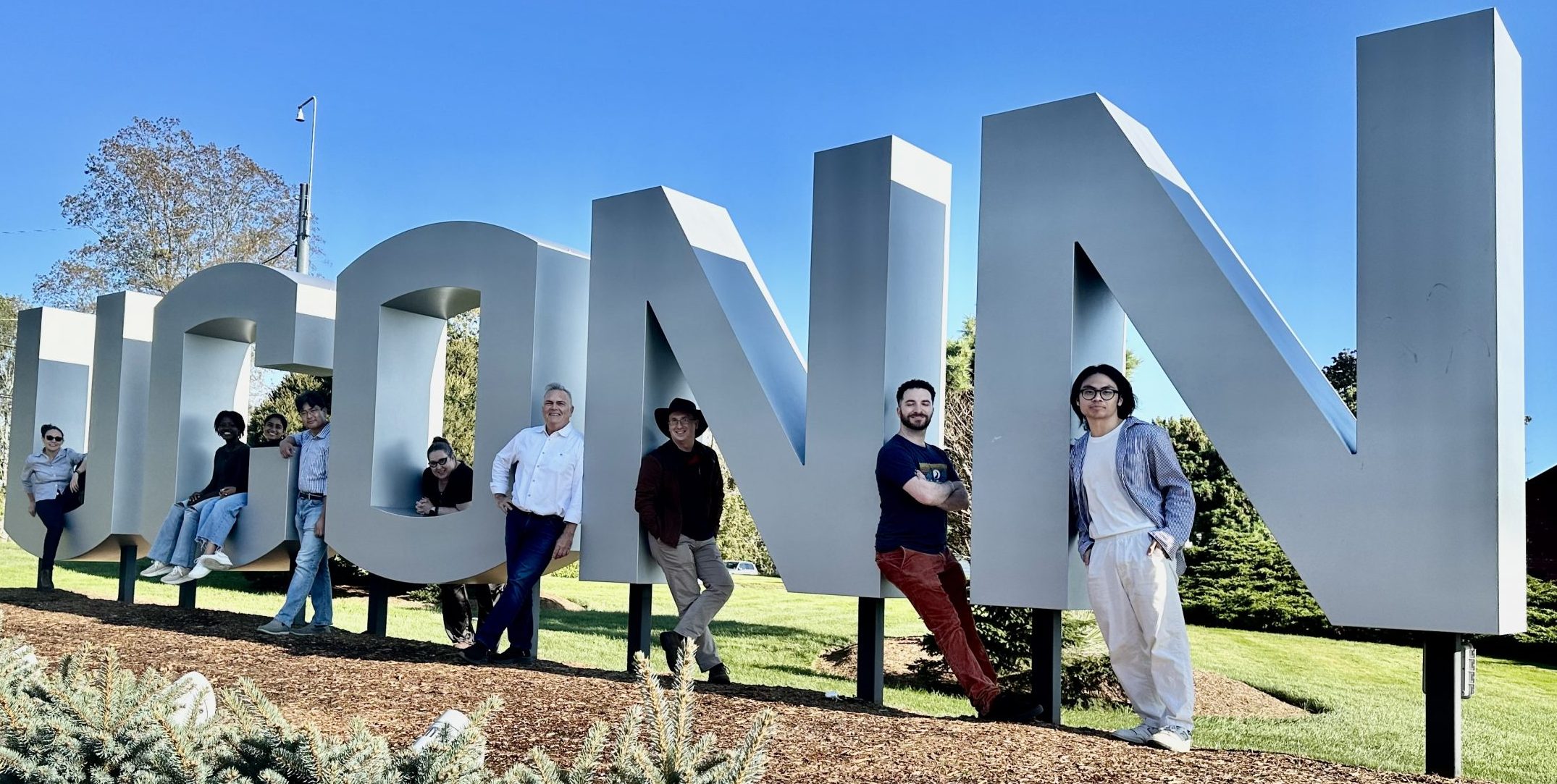

Upcoming Events 2023-2024
Exploring App-Based music Interventions and Therapist-Led Music Therapy. Nov 8, 2023, 3:00pm EST
New England Sequencing and Timing 2024. April 6, 2024
Psyche Loui: The Sciences of New Musical Systems, and Their Implications for Brain Health. April 19, 2024
Expression, Language and Music Conference October 3-5, 2024
Our Mission
Our work seeks to discover the general principles of neural and ecological dynamics that underlie music perception and cognition. Music is embodied, depending on the interaction of musical sounds with the physical brain and body. Yet music is also a high-level cognitive ability - a form of communication relying on highly structured temporal sequences similar in complexity to language. Music is found among all human cultures, and musical ‘languages’ vary across cultures with exposure and learning. Our research asks whether a simple set of fundamental principles can explain the basic features of music, including pitch, harmony, tonality, rhythm, meter, groove, performance, anticipation, development, enculturation, and emotion. By exploring fundamental neurodynamic mechanisms, we seek to explain both statistical universals and cultural variations in music within a unified framework.
External Links
Society for Music Perception and Cognition
American Association for the Advancement of Science
American Music Therapy Association
American Psychological Association
Drumming For Your Life Institute
European Society for the Cognitive Sciences of Music
Featured Publications
Large, E. W., Roman, I., Kim, J. C., Cannon, J., Pazdera, J. K., Trainor, L. J., Rinzel, J., Bose, A. (2023). Dynamic models for musical rhythm perception and coordination. Frontiers in Computational Neuroscience, 17, 1151895. doi: 10.3389/fncom.2023.1151895.
Roman, I. R., Roman, A. S., Kim, J. C., & Large, E. W. (2023). Hebbian learning with elasticity explains how the spontaneous motor tempo affects music performance synchronization. PLOS Computational Biology, 19(6), e1011154. doi: 10.1371/journal.pcbi.1011154.
Tichko, P., Page, N., Kim, J. C., Large, E. W., & Loui, P. (2022). Neural entrainment to musical pulse in naturalistic music is preserved in aging: Implications for music-based interventions. Brain Sciences, 12(12), 1676. doi: 10.3390/brainsci12121676.
Dotov, D., Delasanta, L., Cameron, D. J., Large E. W. & Trainor, L. J. (2022). Collective dynamics support group drumming, reduce variability, and stabilize tempo drift, eLife 11:e74816, doi: 10.7554/eLife.74816.
Wei, Y., Hancock, R., Mozeiko, J., & Large, E. W. (2022). The relationship between entrainment dynamics and reading fluency assessed by sensorimotor perturbation. Experimental Brain Research, 240(6), 1775–1790. doi: 10.1007/s00221-022-06369-9.
Tichko, P., Kim, J. C. & Large, E. W. (2022). A dynamical, radically embodied, and ecological theory of rhythm development. Frontiers in Psychology, 13 1-15. doi: 10.3389/fpsyg.2022.653696.
Kim, J. C., & Large, E. W. (2021). Hebbian plasticity in gradient frequency networks of neural oscillators. Biological Cybernetics, 115(1), 43-57. doi:10.1007/s00422-020-00854-6.
Lerud, K. L., Kim, J. C., Almonte, F. V., Carney, L. H. & Large, E. W. (2019). A canonical oscillator model of cochlear dynamics. Hearing Research. 180, 100-107. doi: 10.1016/j.heares.2019.06.001.
Tal, I., Large, E. W., Rabinovitch, E., Wei, Y., Schroeder, C. E., Poeppel, D., & Zion Golumbic, E. (2017). Neural Entrainment to the Beat: The “Missing Pulse” Phenomenon. Journal of Neuroscience, 37 (26), 6331– 6341. doi: 10.1523/JNEUROSCI.2500-16.2017.